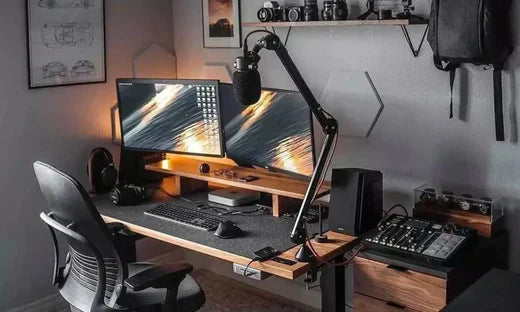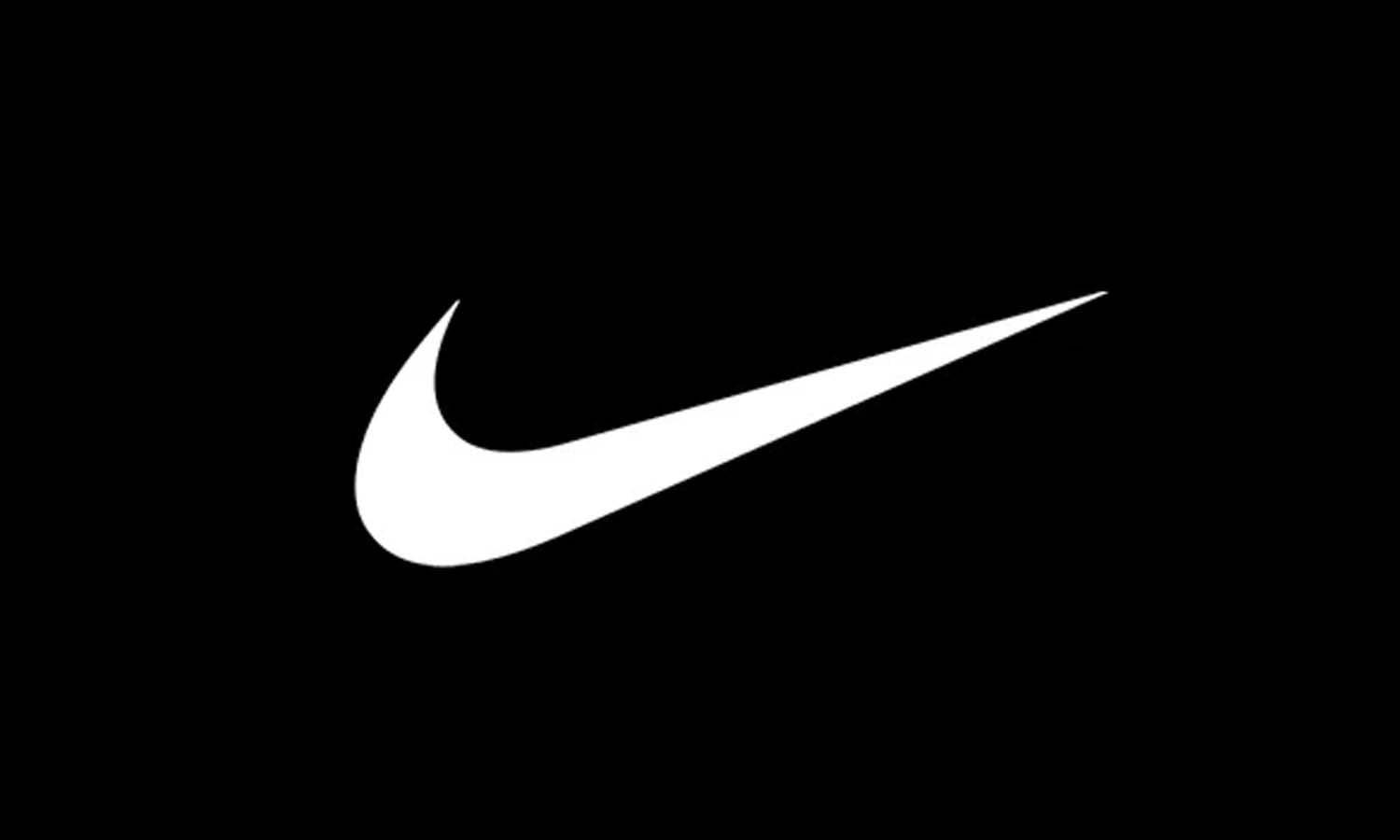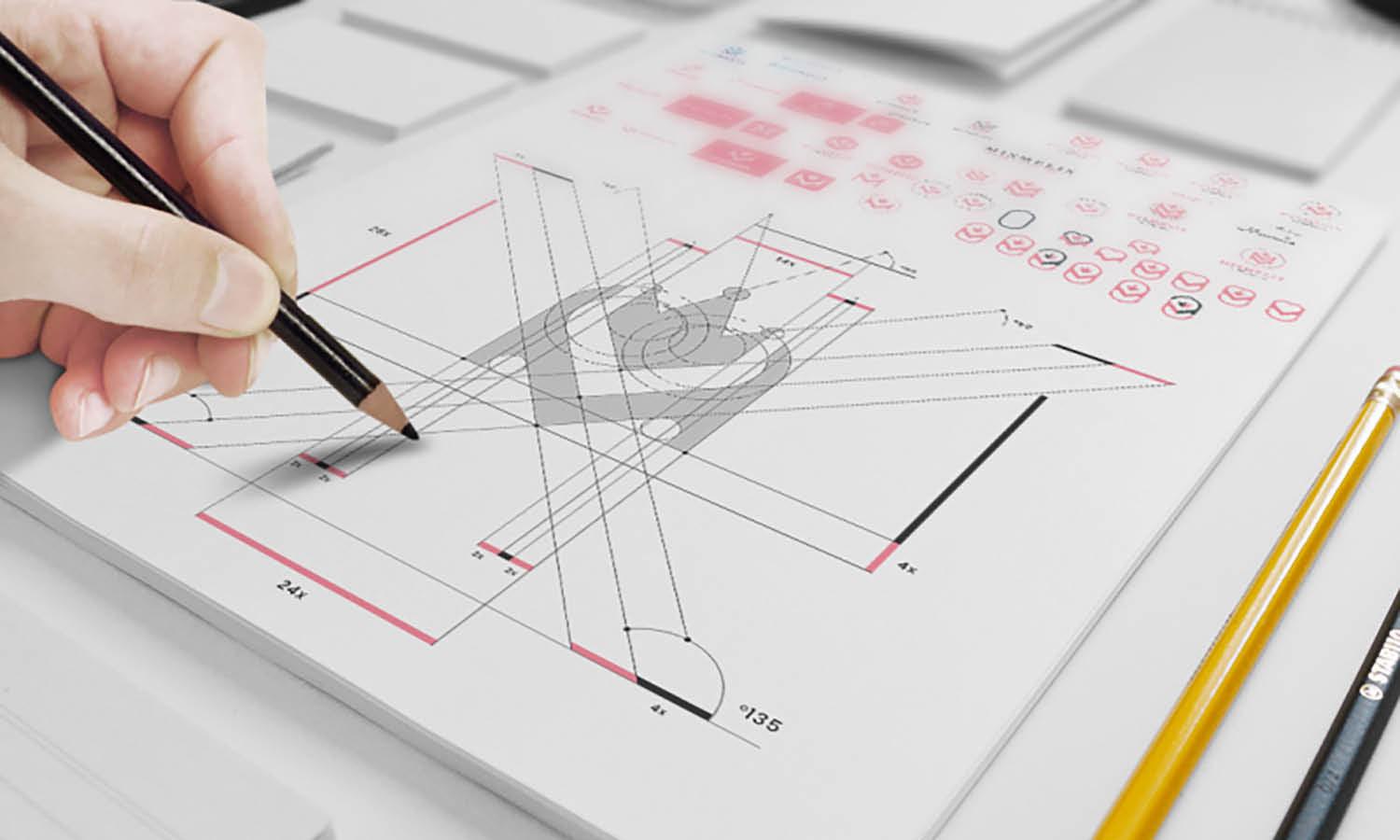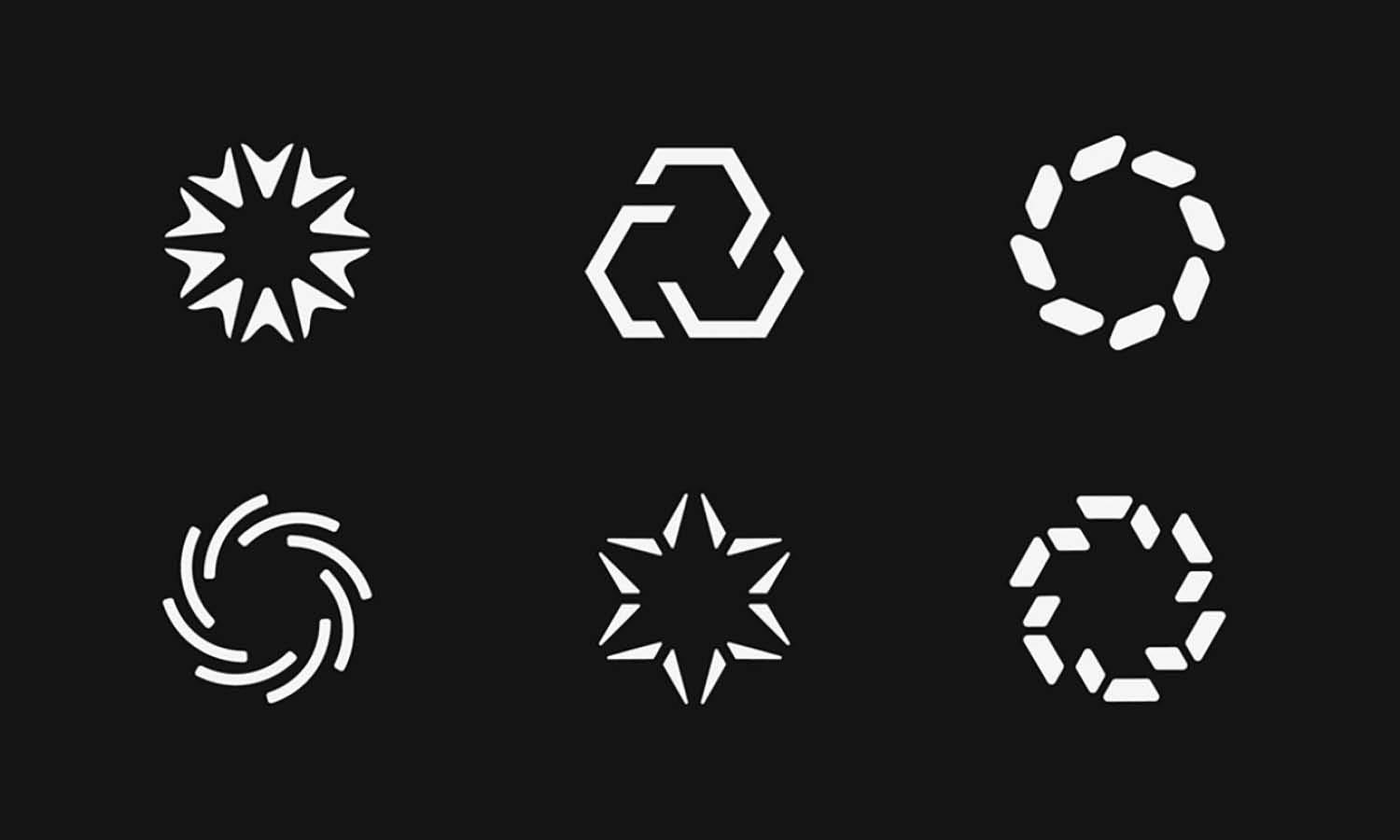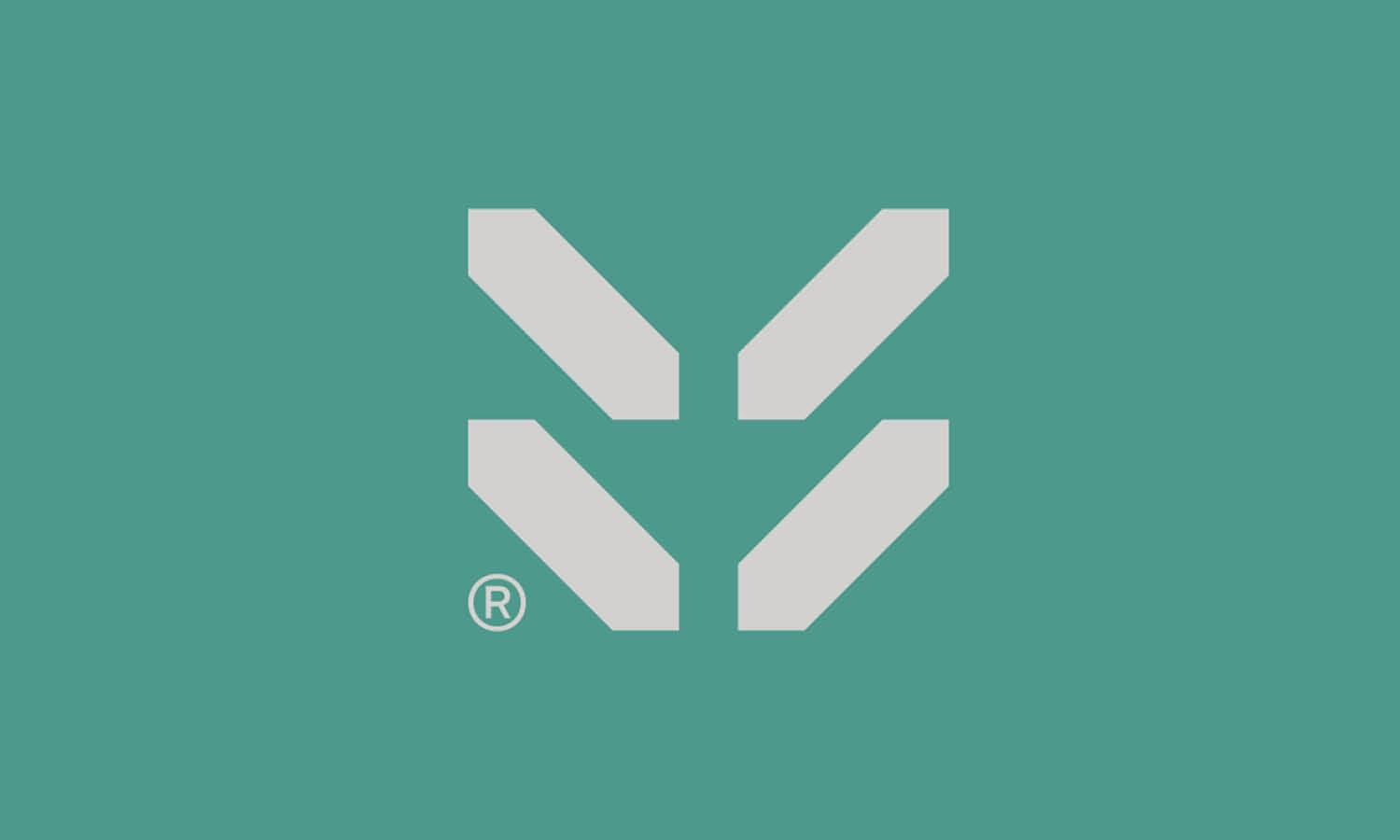Skills, Strategy, and Discipline: Best Practices to Become a Pro Gamer

Fewer than 1% of competitive gamers ever reach professional status. If you're serious about joining that elite circle, quick reflexes and surface-level knowledge won’t cut it. The climb demands more—a calculated blend of technical skill, strategic thinking, and relentless discipline. Understanding what truly separates professionals from casual players isn’t just helpful—it’s essential.
Mastering the Fundamentals: Building a Strong Foundation
Every professional begins at the same place: the basics. But it’s how you train those fundamentals that makes all the difference. Targeted, deliberate practice is the fastest path to mastery. That means drilling core mechanics like aim, movement, and reaction time while also internalizing your game’s deeper systems—damage scaling, economy management, and optimal builds.
Mechanical Skill Development: Building Muscle Memory
Professional-level mechanics are built, not born.
- Set aside 30 minutes daily for aim training using tools like Aim Lab or Kovaak’s—alternate between static and dynamic targets.
- Run scenario-based reaction drills to sharpen decision speed under pressure.
- Practice movement on specific maps, fine-tuning your peeks, rotations, and positioning.
- Track key metrics—accuracy, speed, consistency—and let that data guide your routine.
Mastery comes from repetition, yes—but more importantly, from intentional repetition.
Game Knowledge: Playing With Purpose
High-level play isn’t just physical—it’s mental. The best players don’t just know what works. They understand why it works.
Study pro matches with a critical eye. Watch for timing, spacing, map control. Take notes on how top players adapt mid-match. Build your own database of tactics, strategies, and situational responses. Review your replays regularly—not to relive the win or obsess over the loss, but to pinpoint decision-making gaps.
In high-pressure moments, it’s not instinct that saves you—it’s preparation.
Strategic Thinking: The Mind of a Champion
Mechanical execution gets you on the radar. Strategy keeps you in the conversation.
Game Sense and Decision-Making: Thinking Two Steps Ahead
Game sense is what elevates strong players into elite ones. It’s the ability to read situations in real time, make rapid decisions, and anticipate what’s coming before it happens.
- Learn to track enemy tendencies and recognize behavior patterns.
- Weigh short-term risks against long-term positioning advantages.
- Practice staying calm under pressure. Use breathing techniques and focus drills to maintain clarity in chaos.
- Don’t just review your replays—dissect them. Look for decisions you missed, angles you didn’t take, options you overlooked.
Every match becomes a lesson when you're paying close enough attention.
Teamwork and Communication: Synergy Wins Tournaments
Most pro-level play isn’t solo. Coordination matters. Chemistry wins.
Establish clear roles early—shot-caller, entry, support—and build around each player's strengths. Keep your communication sharp: callouts should be short, specific, and timely. Scrims aren’t just about practice—they’re where trust is built.
When friction inevitably surfaces, your ability to de-escalate and re-center the team becomes just as valuable as your kill-to-death ratio.
Integrity Matters: Compete Clean
At the professional level, how you win matters just as much as whether you win. Maintaining integrity—avoiding cheating, account sharing, or toxic behavior—isn’t just about following rules. It’s about building a reputation that teams and sponsors can trust. Sportsmanship, humility, and respect for opponents are crucial for long-term success in any competitive scene.
Discipline and Dedication: Training Like a Pro
Talent gets you started. Consistency keeps you going. The best players structure their days with the same seriousness as athletes.
Time Management: Structure Creates Success
Raw talent fades without discipline. Structured routines keep you on track.
- Set daily time blocks for training, study, and recovery.
- Maintain a 60/40 split between gameplay and analysis.
- Define boundaries between gaming and life. Burnout helps no one.
- Run weekly reviews to track growth, adjust goals, and course-correct when needed.
The more intentional your routine, the faster your progress compounds.
Mental Resilience: Staying Focused When It Counts
At the highest level, mental stability is a weapon.
Stress will test you. So will losses, plateaus, and doubt. What matters is how you manage the response. Build a mental toolkit: mindfulness routines, pre-game visualization, post-game reflection. Study how top players handle setbacks—then create your own system for bouncing back.
Burnout is a silent killer in competitive gaming. It sneaks in when you skip breaks, overtrain, or tie your self-worth to your performance. Prevent it by building structured recovery days into your schedule, pursuing non-gaming hobbies, and surrounding yourself with people who support your mental health. Sleep, nutrition, and off-screen time are performance tools—neglect them, and you’re not training at full capacity.
Pros aren’t immune to failure. They’re just better at recovering from it.
Building a Professional Presence: Getting Noticed
Skill will get you far. Visibility will take you further.
Building a professional presence starts with crafting a strong identity—often beginning with the name you compete under. Many players use a nick generator to come up with a unique handle that reflects their personality and style. From there, it’s about building reputation through consistent community engagement, strategic networking, and polished public content.
Networking and Community Engagement: Who You Know Matters
You don’t need a million followers to get signed. But you do need to be seen.
- Use platforms like Discord, Twitch, and X (Twitter) to connect with players, coaches, and team managers.
- Attend events—even local or online tournaments. They’re scouting grounds.
- Join and contribute to relevant communities. Insight > self-promotion.
- Build relationships through value—helpful tips, match breakdowns, encouragement.
In this space, connections matter as much as credentials.
Streaming and Content: Show Your Game, Share Your Story
Streaming is your stage. Content creation, your resume.
Before you go live, define your identity. Pick a name that reflects your voice—something memorable and distinct. Many players turn to a nick generator for inspiration, especially early on, to find a tag that stands out in chats and leaderboards.
Choose platforms that suit your strengths—Twitch is ideal for real-time commentary and building a loyal live audience, while YouTube offers more evergreen value through tutorials, highlights, and VOD analysis. If you’re on mobile, Kick and Trovo are gaining traction in certain regions. Familiarize yourself with each platform’s algorithms, monetization options, and audience expectations to maximize your reach.
Keep content clean and focused. Even light editing adds polish. Experiment with formats: ranked grind series, tutorials, post-match analysis. Don’t just showcase what you can do—share why you love doing it. The audience connects to the player behind the plays.
Track performance, but don’t chase trends. Authenticity creates longevity. And when recruiters look you up, your digital presence should speak loud and clear.
Final Thoughts: From Passion to Profession
Going pro isn’t about waiting to be discovered. It’s about designing your path—one decision, one session, one adjustment at a time.
- Train smarter. Track your progress. Refine your focus.
- Learn from the best—but build your own formula.
- Choose your lane—PvP, PvE, or hybrid—and own it.
- Surround yourself with the right people, online and off.
Success in pro gaming can lead to real financial opportunities—through team contracts, prize pools, brand deals, and content monetization—but the road isn’t always paved in sponsorships. Many pros start with minimal earnings and support themselves through part-time work or streaming. Set realistic expectations early and diversify your income streams as you grow.
This isn’t just play—it’s craft. And if you treat it like one, there’s no ceiling on what you can build.





